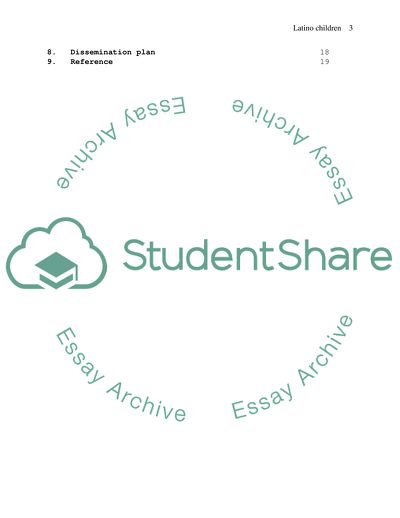Cite this document
(Latino Children Educational Achievement Assignment, n.d.)
Latino Children Educational Achievement Assignment. https://studentshare.org/sociology/1726434-are-latino-children-education-achievement-affected-by-alcoholism-in-the-family
Latino Children Educational Achievement Assignment. https://studentshare.org/sociology/1726434-are-latino-children-education-achievement-affected-by-alcoholism-in-the-family
(Latino Children Educational Achievement Assignment)
Latino Children Educational Achievement Assignment. https://studentshare.org/sociology/1726434-are-latino-children-education-achievement-affected-by-alcoholism-in-the-family.
Latino Children Educational Achievement Assignment. https://studentshare.org/sociology/1726434-are-latino-children-education-achievement-affected-by-alcoholism-in-the-family.
“Latino Children Educational Achievement Assignment”. https://studentshare.org/sociology/1726434-are-latino-children-education-achievement-affected-by-alcoholism-in-the-family.


